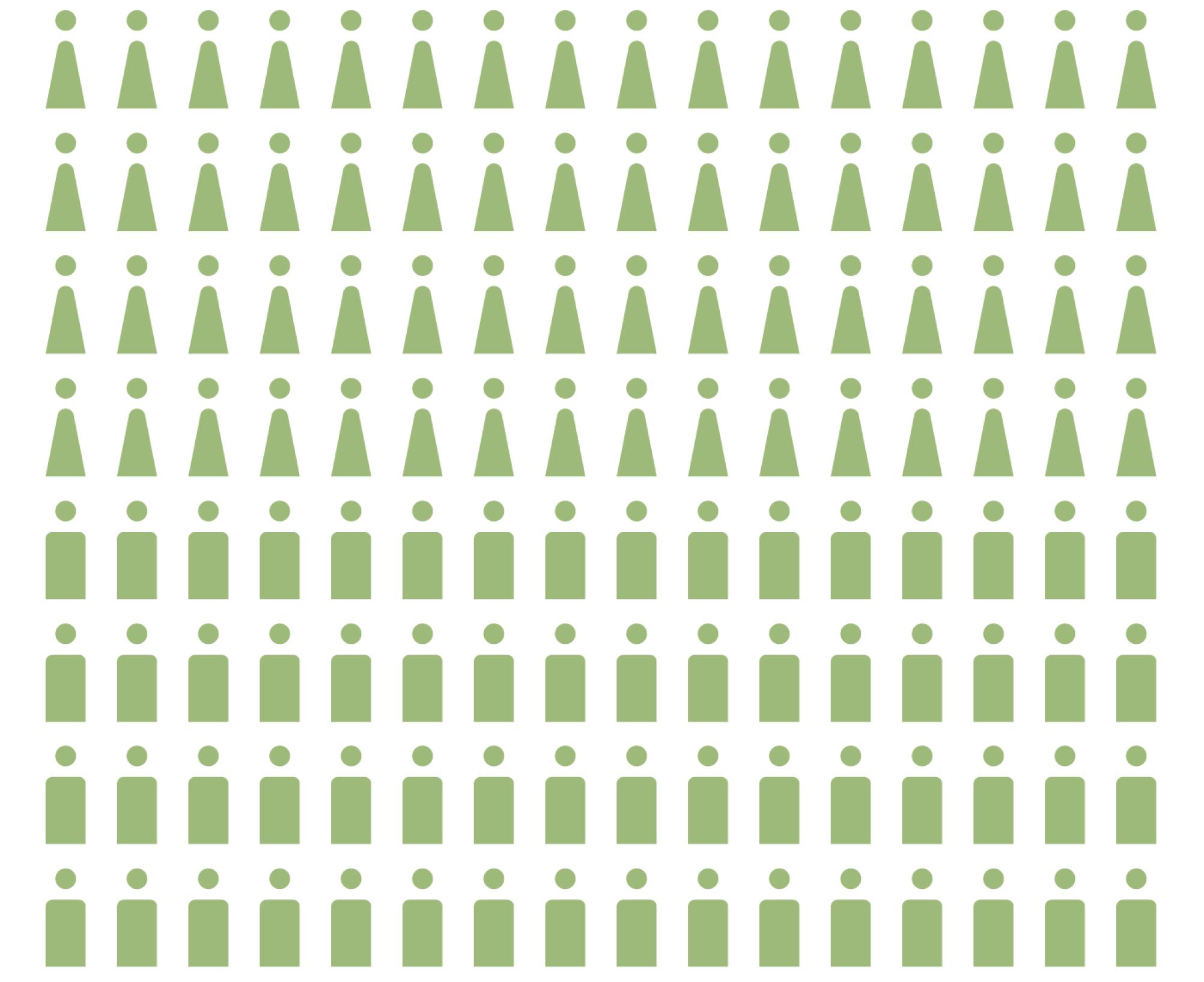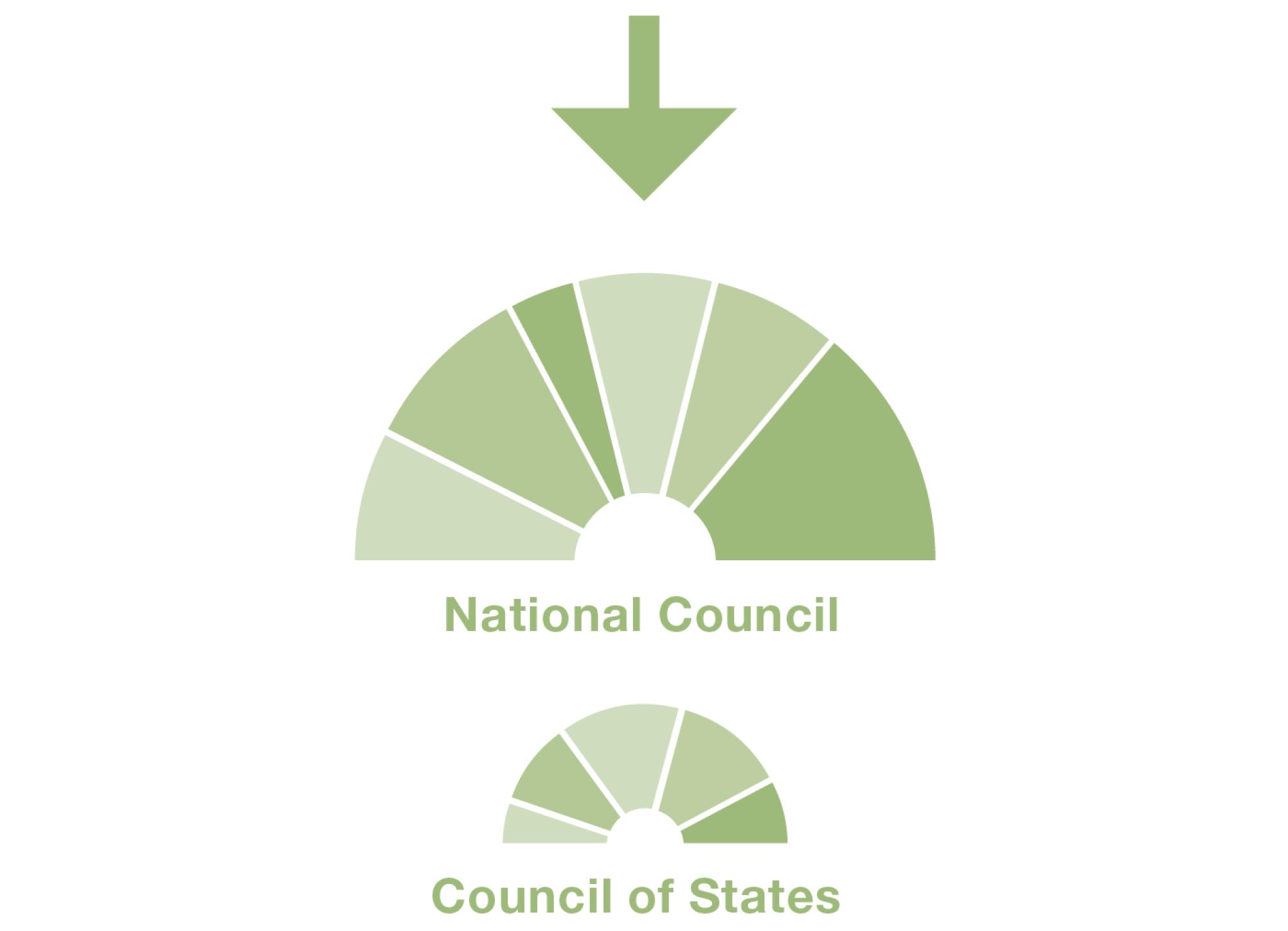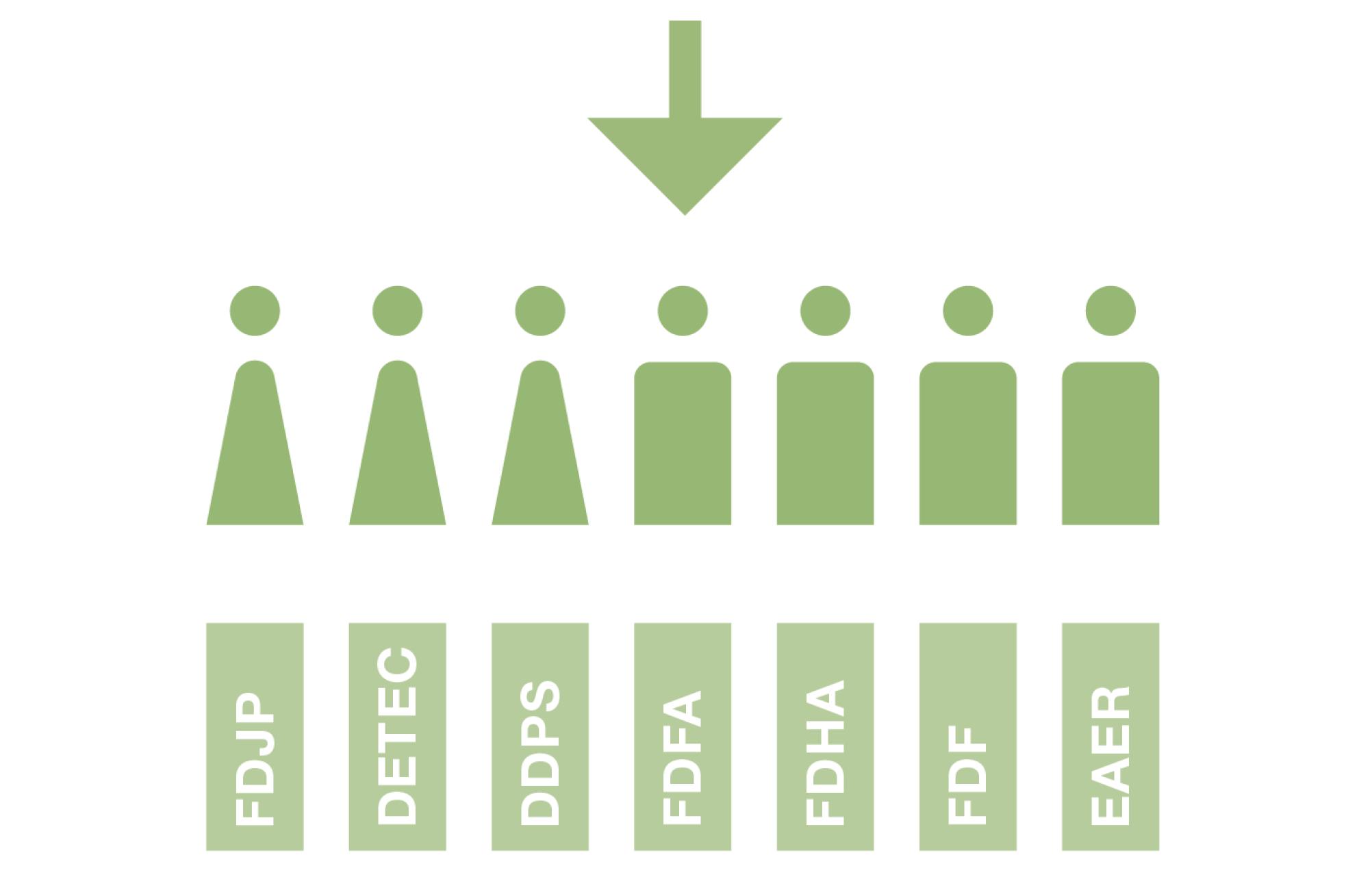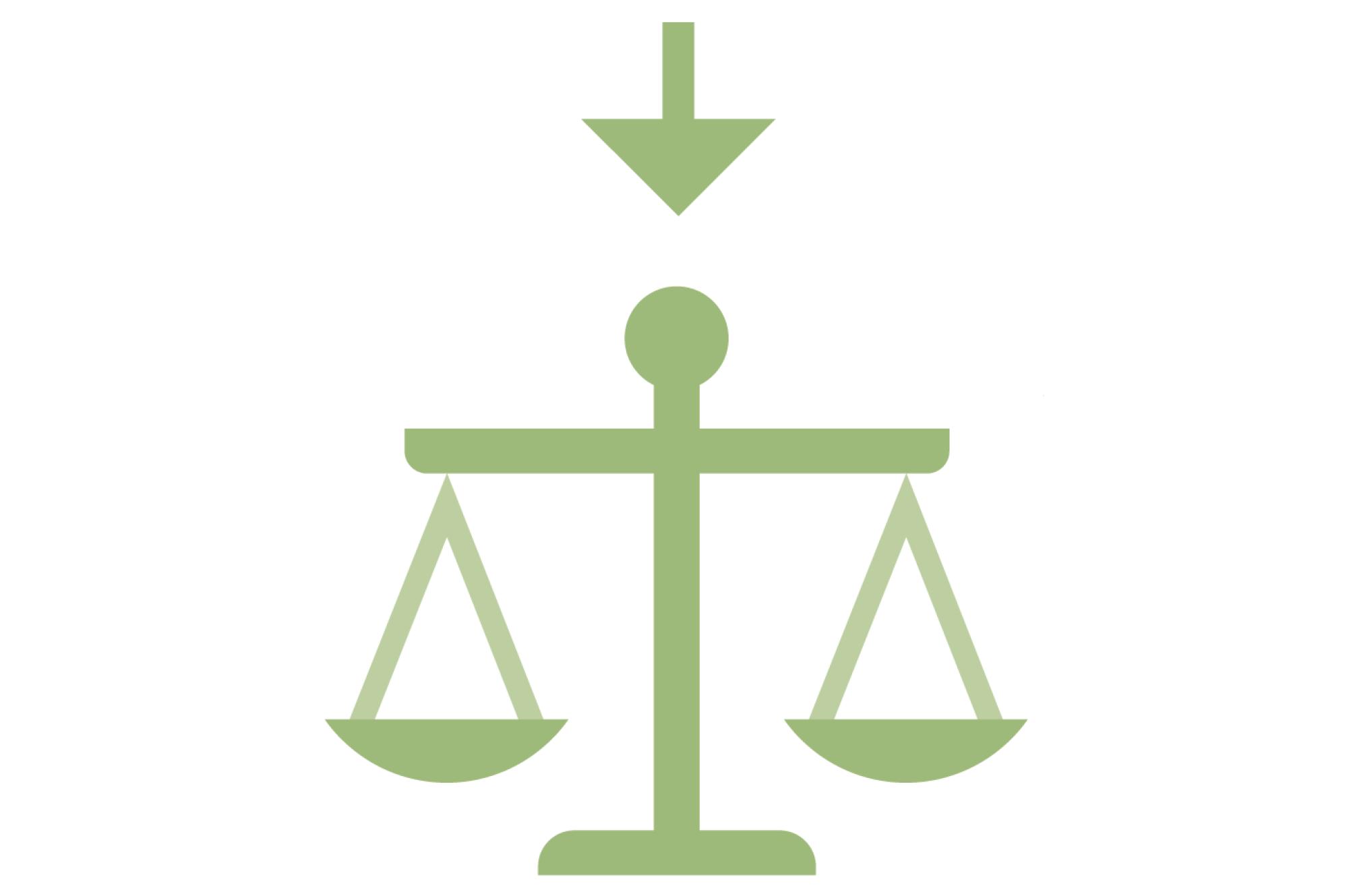Separation of powers
The separation of powers prevents a concentration of power in the hands of any individual person or institution. It is a basic principle of democracy: power is divided among the three branches of state, the legislature, executive and judiciary. No one may serve more than one of the three branches of state at any given time.

The Swiss people elect the Parliament (the legislature):
the 200 members of the National Council and the 46 members of the Council of States.

Parliament elects the government (the executive):
the seven members of the Federal Council and the Federal Chancellor.

Parliament appoints the judges (judiciary):
the president of the Federal Supreme Court and the judges of the four federal courts.

The Swiss people
In Switzerland, around 5.5 million men and women can participate in the federal elections. Swiss citizens who are at least 18 years old are eligible to vote.
The legislature
Parliament
Passing laws
Parliament decides on new laws and oversees the Federal Council and the Federal Administration as well as the federal courts and the Office of the Attorney General of Switzerland. It comprises two chambers: The National Council represents the people, while the Council of States represents the 26 cantons. The two Councils have equal powers. Together they make up the United Federal Assembly.
Parliament also appoints the Attorney General: he or she heads the Office of the Attorney General of Switzerland, which prosecutes offences involving explosives and espionage as well as offences committed by federal employees while carrying out their official duties.
www.bundesanwaltschaft.ch
The executive
The government
Implementing laws
The Federal Council is Switzerland’s government: it draws up new laws and ensures that the decisions of Parliament are implemented. It comprises seven equal members; they reach their decisions together. Each Federal Councillor heads a department. The seven departments and the Federal Chancellery make up the Federal Administration.
Laying down the law
There are four federal courts. The highest court is the Federal Supreme Court: it hears appeals against the judgments of the other courts and issues the final judgment in most cases. The Federal Criminal Court, the Federal Administrative Court and the Federal Patent Court are the federal courts of first instance. Most of their decisions can be appealed to the Federal Supreme Court.